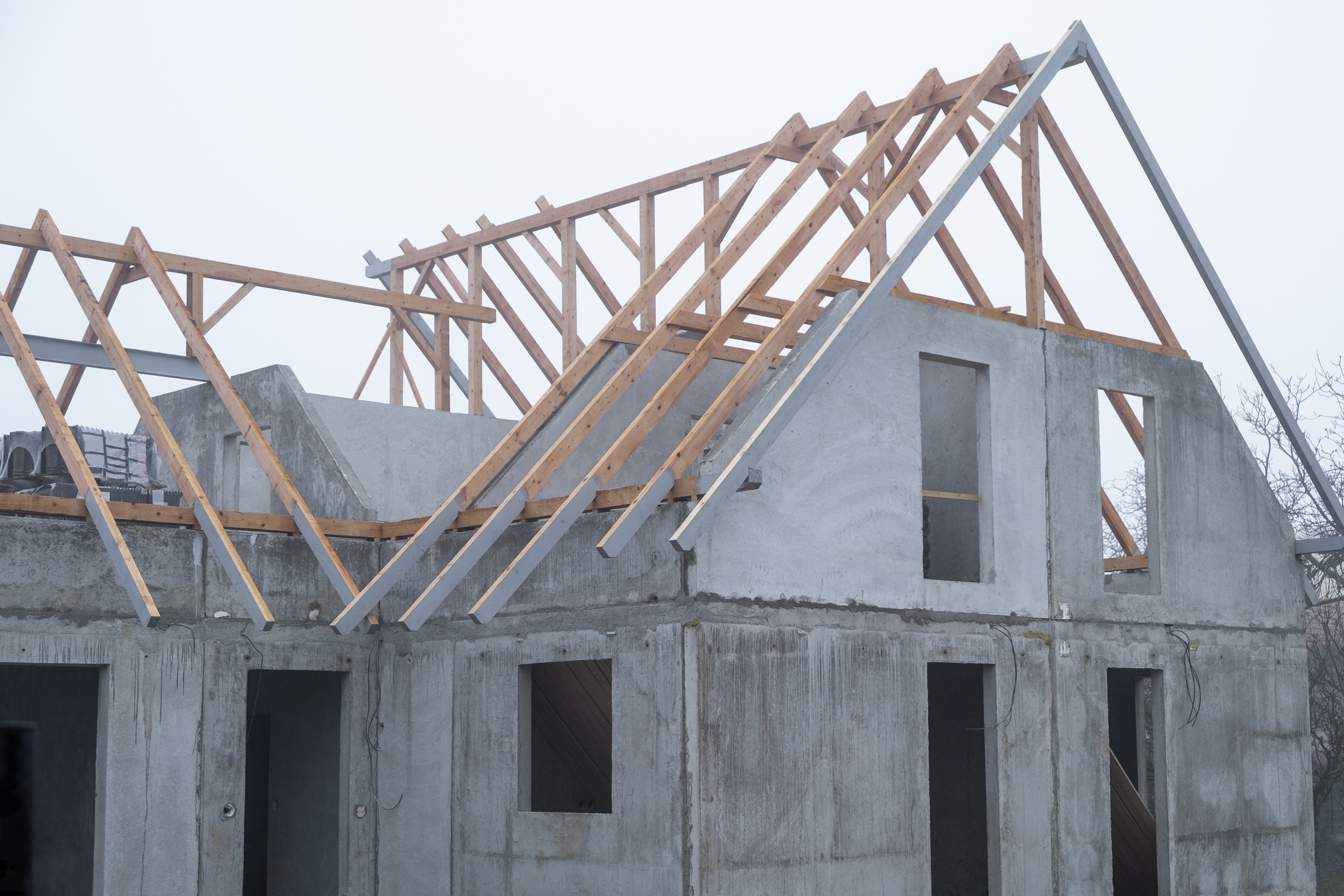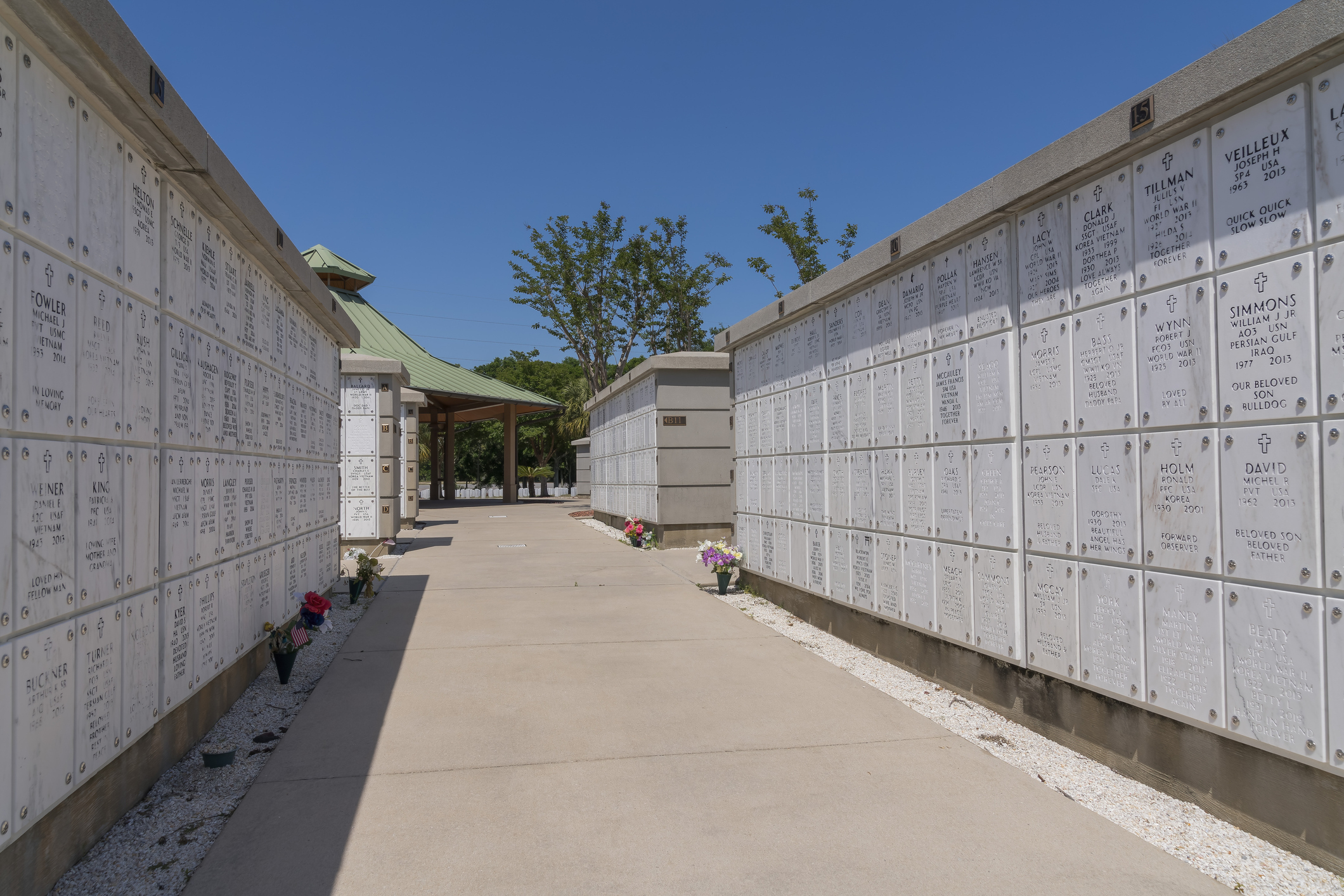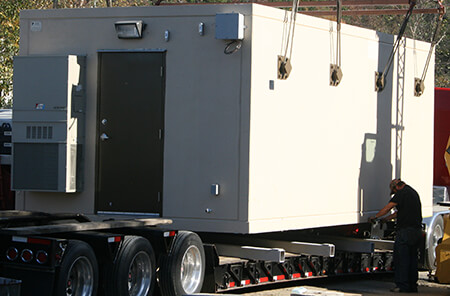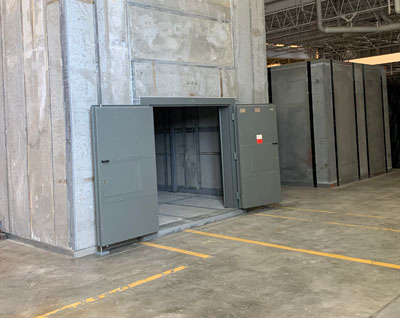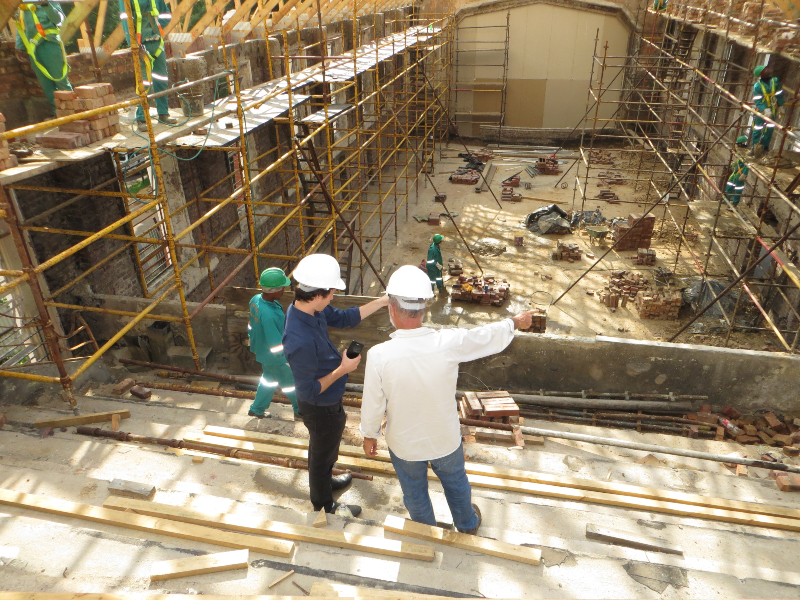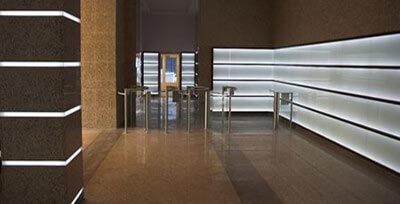Precast VS Metal Walls
Precast concrete offers several advantages over metal wall construction, particularly in specific applications. Here are the key reasons why precast concrete might be considered better:
Durability and Longevity
- Precast Concrete is known for its exceptional durability, precast concrete can last for centuries with minimal maintenance. It’s resistant to corrosion, which is a significant issue with metal, especially in environments with high moisture or salinity.
- While metals like steel or aluminum are strong, they can corrode over time, especially if not properly coated or maintained, leading to structural integrity issues.
Fire Resistance
- Precast Concrete is inherently non-combustible, concrete provides excellent fire resistance, helping to contain fires within a building and protecting structural integrity during a fire
- While metal itself doesn’t burn, it can conduct heat, potentially leading to rapid temperature increases in adjacent materials or structures. Prolonged exposure to high temperatures can weaken steel.
Thermal Mass and Energy Efficiency
- Precast Concrete offers high thermal mass, which means it can absorb, store, and release heat, contributing to better temperature regulation inside buildings. This can lead to reduced energy costs for heating and cooling.
- Metal has low thermal mass and high thermal conductivity, which means it doesn’t retain heat well. This often requires additional insulation to achieve similar energy efficiency.
Sound Insulation
- Precast Concrete, due to its mass, concrete provides excellent sound insulation, reducing noise transmission between rooms or from outside.
- Metal is generally less effective at soundproofing without additional treatments or insulation, as metal walls can vibrate and transmit sound.
Aesthetic Flexibility
- Precast Concrete can be molded into various shapes, textures, and finishes during manufacturing, offering a wide range of aesthetic options without the need for additional cladding or finishes.
- While metals can be shaped and finished in various ways, they often require additional treatments or coatings for aesthetic appeal, which might not match the natural look or texture variety of concrete.
Environmental Impact
- Precast Concrete: While the production of cement (a component of concrete) has a high carbon footprint, advancements in production techniques and the use of supplementary cementitious materials are reducing this impact. Precast elements also reduce waste on-site.
- Metal: The mining, refining, and manufacturing of metals like steel or aluminum are energy-intensive and have significant environmental impacts. However, metals are highly recyclable, which can mitigate some environmental concerns if recycling is practiced.
Maintenance
- Precast Concrete requires very little maintenance. When properly designed, it can resist weathering, UV radiation, and environmental degradation.
- Metal needs regular maintenance to prevent corrosion, especially in harsh environments. This includes painting, galvanizing, or applying protective coatings
Structural Integrity in Natural Disasters
- Precast Concrete offers excellent resistance to seismic activity, high winds, and impact due to its mass and strength. Properly designed connections between precast elements are crucial for this.
- Metal, while strong, can be more susceptible to buckling or warping under extreme conditions without proper design considerations.
Health and Indoor Air Quality
- Precast Concrete does not off-gas volatile organic compounds (VOCs) and is less likely to harbor mold or mildew, contributing to better indoor air quality.
- Metal, If coated or treated with certain chemicals, may induce concerns about VOCs, though this is more relevant to the coatings rather than the metal itself.
Construction Speed and Efficiency
- Precast Concrete elements are manufactured off-site, which can speed up construction time on-site. However, handling and transporting precast elements require careful planning.
- Metal is often quicker to erect on-site, especially for large structures, but might require more on-site welding or assembly, which can be weather-dependent.
Considerations
- Cost: Initial costs for precast concrete can be higher due to manufacturing and transportation. However, long-term savings from reduced maintenance and energy costs can offset this.
- Weight: Precast concrete is much heavier than metal, which can affect foundation design and transportation logistics.
In summary, while metal construction has its advantages, particularly in terms of strength-to-weight ratio and speed of assembly, precast concrete generally offers superior durability, fire resistance, thermal performance, and aesthetic flexibility. For projects where longevity, low maintenance, and energy efficiency are priorities, precast concrete often proves to be the better choice.
Contact Us Today
For more information on our products and services, give us a call today at 919-742-3132, or visit our Contact Us page. Let The Carolina Precast Company help you bring your vision to life with precision and excellence.
